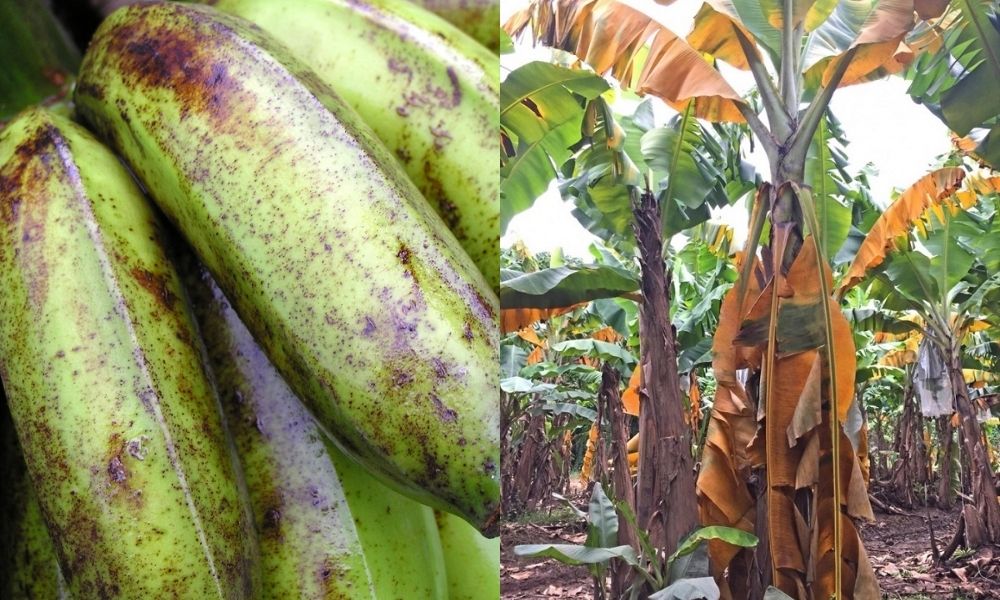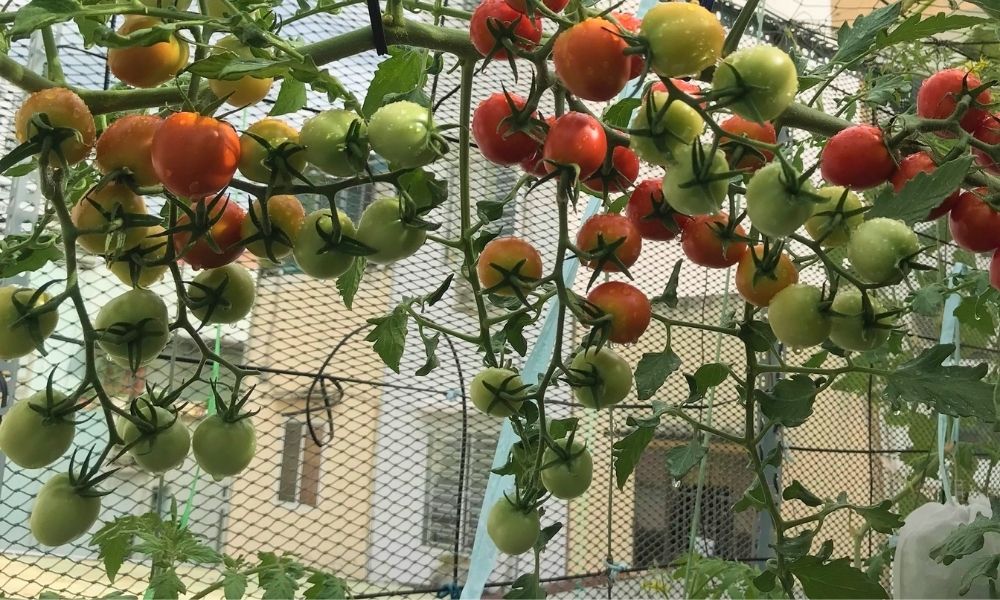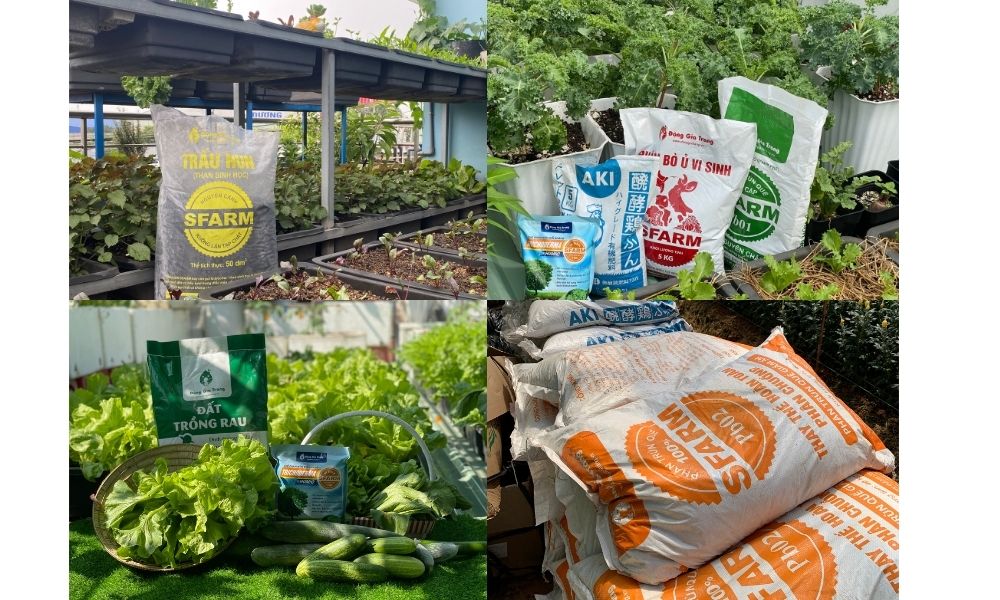Phân loại phân bón, vai trò của phân bón đối với cây trồng
Fertilizers have always been associated with farmers’ seasons. So people know how to classify fertilizers, the role of fertilizers for plants. In this article, Blog Kiến Thức Tổng Hợp Nông Nghệp will share information to people can apply to their plants.
What is fertilizer?
Fertilizers are a product that provides nutrition for crops or has the effect of improving soil, in the composition of fertilizer contains one or more inorganic, multi -weight, medium, micro -micro -nutritional, rare, amino acid, vitamin, humic acid, fulvic acid, useful microorganisms, one or more: moisturizers, supportive substances to increase fertilizer efficiency, fertilizer, use of fertilizer, use of fertilizer substances, utilization factors.
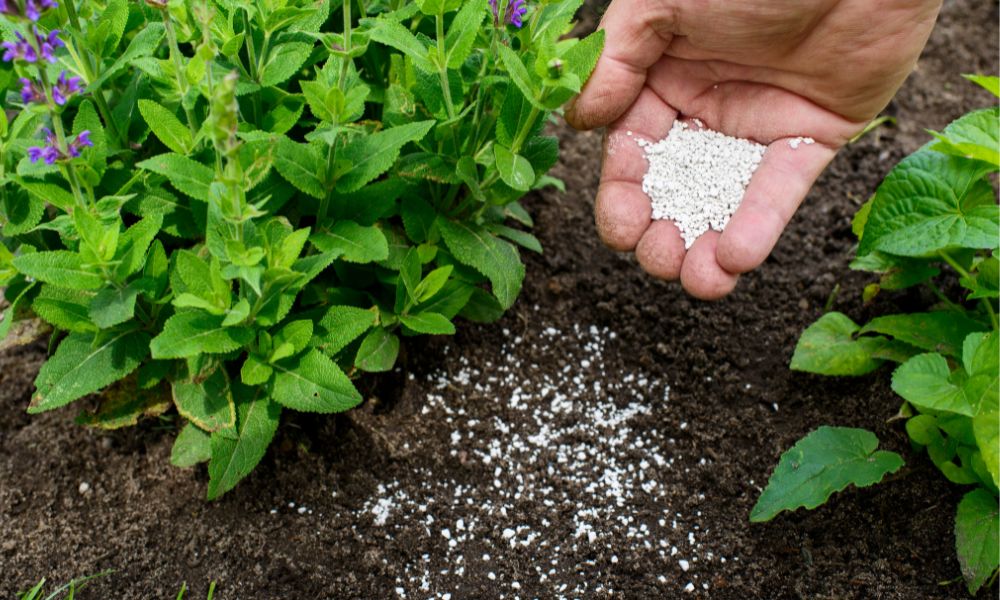 What is fertilizer?
What is fertilizer?
Composition of fertilizer
To classify fertilizers, people need to know the composition of fertilizers includes the following factors.
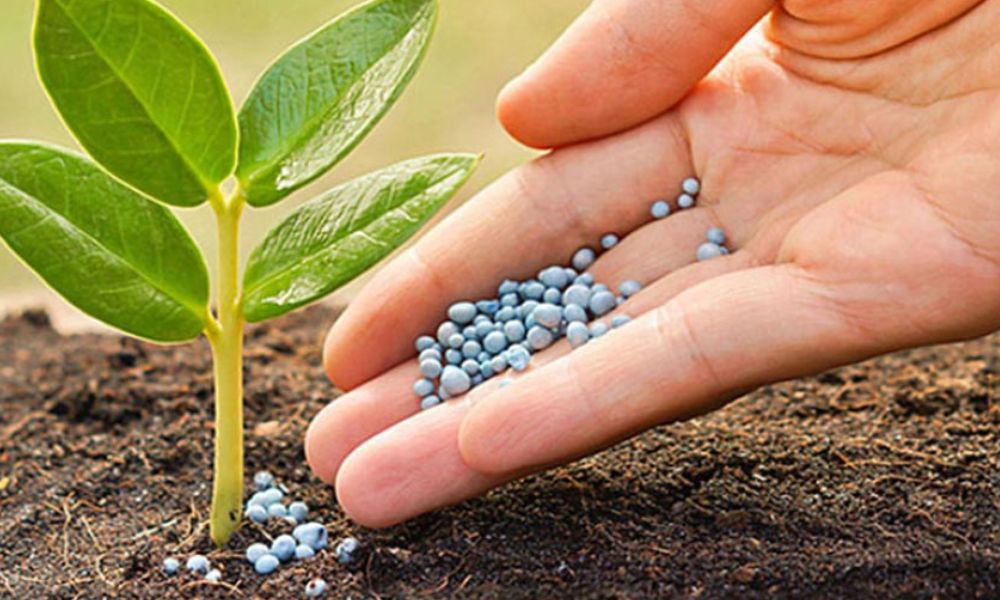 Nutrition factor creates fertilizer
Nutrition factor creates fertilizer
Inorganic nutritional factors
- Magnetic nutritional factors include: The symbolic nitrogen is n (in n total), the unicorn symbol is P (in the effective P2O5) and the potassium symbolized K (equal to the effective K2O) The easy -to -eliminate plants can be easily absorbed.
- Middish nutritional factors include: Calcium (calculated by Ca or Cao), magnesium (calculated in Mg or MgO), sulfur (calculated by S) and silicon (calculated in si or si2 soluble) easy to digest crops that can be easily absorbed.
- Micronutrient nutritional factors include: Bo (calculated in b), CO ban (calculated by CO), copper (calculated in Cu or CuO), iron (calculated in Fe), manganese (calculated in MN or MNO), molipden (calculated by mo) and zinc (calculated by Zn or ZnO) easy to digest, plants can be easily absorbed.
- Rare soil nutritional factors include: 17 nguyên tố là Scandium (số thứ tự 21), Yttrium (số thứ tự 39) và các nguyên tố trong dãy Lanthanides (số thứ tự từ số 57-71: Lanthanum, Cerium, Praseodymium, Neodymium, Promethium, Samarium, Europium, Gadolinium, Terbium, Dysprosium, Holmium, Erbium, Thulium, Ytterbium, Lutetium) in the periodic Mendeep period).
Organic nutrition factors:
Including ingredients: organic matter, amino acids, vitamins, humic acid, fvvic acid, …
Microbiological factors:
Including beneficial microorganisms such as nitrogen fixed microorganisms, phosphorus resolution, cellulose resolution …
Usage restriction factors:
Are heavy metals including: Arsenic (AS), Cadimi (CD), Lead (PB), Mercury (HG), Ti Tan (Ti) chromium (CR) or pathogenic bacteria include E.coli bacteria, Salmonella or other toxic substances such as biuret, free acid with permissible content specified in national technical regulation.
In addition, the fertilizer also contains moisturizers, supporting substances to increase the efficiency of fertilizer use, plant growth regulators, additives …
Current fertilizer classification on the market
On the market today there are many different types of fertilizers, in this article, Blog Kiến Thức Tổng Hợp Nông Nghệp will give fertilizer classification information for people as follows.
Classification by ingredients
Inorganic fertilizer: Including natural mineral or chemical fertilizers, in the composition contains one or more inorganic nutritional factors. Including types: single mineral fertilizer, complex fertilizer, mineral fertilizer.
- Single mineral fertilizer: The fertilizer in the composition contains only one effect of N or P2O5 effectively or effective K2O.
- Complex fertilizer: A type of fertilizer created by chemical reactions, containing at least two maximum nutritional factors.
- Mixed mineral fertilizer: The fertilizer is produced by mixing mechanical two or three types of single mineral fertilizer or mixing with complex fertilizer, not using chemical reactions.
Mixed feces: As a fertilizer in the composition containing two different nutritional elements (inorganic, organic, microorganisms, other nutritional factors) or more, including types of organic fertilizer processing industrial, biological fertilizer, mineral fertilizer, microbiological fertilizer.
- Organic industrial processing mechanism: is a fertilizer manufactured from organic materials, processed according to the process of industrial fermentation technology, with organic matter content, symbolized by HC (in HC -number) and quality criteria meet the regulations of national technical regulations.
- Biological fertilizer: A fertilizer produced from organic materials, fermented with useful microorganisms or processed by other biological agents with quality criteria that meet the regulations according to national technical regulations.
- Organic mineral fertilizer: is a fertilizer manufactured from an industrial or biological mechanism of organic or organic mixing, one or some of the inorganic nutritional factors, including at least one multi -volume inorganic nutritional factor meets the provisions of the national technical regulation.
- Microbiological fertilizer: A fertilizer produced from organic materials containing at least one useful living microorganisms with density and activity that meets prescribed in accordance with national technical regulations.
Microbiological fertilizer: As a fertilizer in the composition contains one or more useful microorganisms including a group of nitrogen -fixed microorganisms, phosphorus resolution, cellulose resolution, antagonistic microorganisms, microorganisms that increase photosynthesis and other useful microorganisms with density and activity prescribed in accordance with national technical standards.
Classification by function
- Foliar fertilizer: are fertilizers suitable for direct spraying into the stems, leaves and suitable for plants to absorb nutrients through the stems and leaves.
- Root fertilizer: are fertilizers that are fertilized directly into the soil or water to provide nutrients for plants through the roots.
Fertilizers are commonly used today
On the current fertilizer market, the ingredients as well as the names of fertilizers are very diverse. Blog Kiến Thức Tổng Hợp Nông Nghệp will provide some of the following fertilizers.
Magnetic inorganic fertilizer
Nitrogenous
- Is the common name of inorganic fertilizers used to provide nitrogen for plants. Fertilizer will promote the growth of the tree, causing the tree to produce many branches, branches, leaves and leaves with large size, green, strong photosynthesis leaves thus increasing crop productivity.
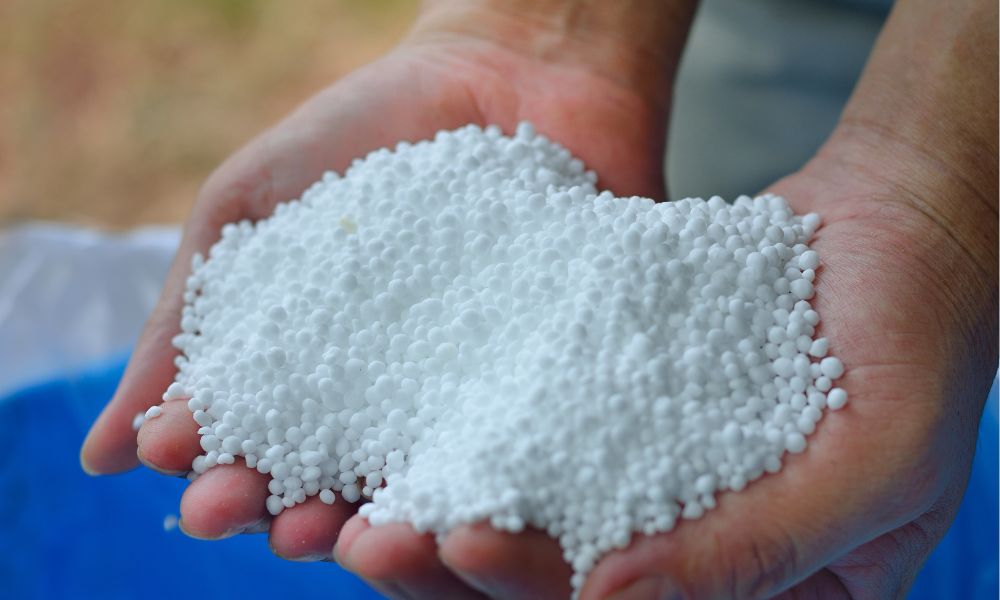 Nitrogenous
Nitrogenous
Phosphate
- Plays an important role in crop life. Stimulating the growth of the roots, causing the roots to spread deep, so the trees are less falling, stimulating the tillering process, budding. Promote the tree to flower early and more, increase the properties of anti -cold, anti -drought, resistance, anti -pests.
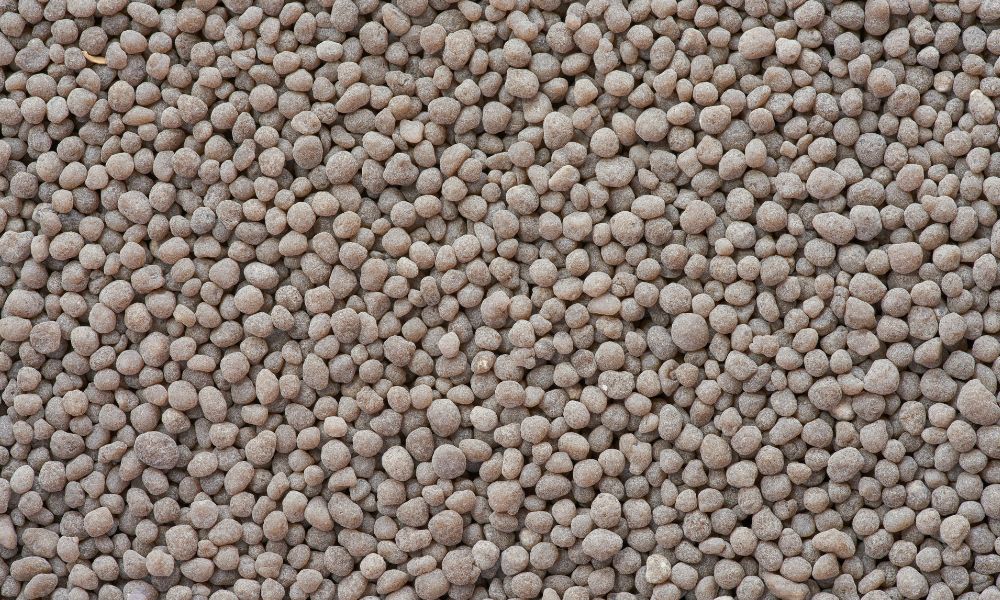 Phosphate
Phosphate
Potassium
- Provide nutrients K for plants. Increasing the ability to withstand drought, drought, cold and resistant to pests, giving the tree firm, less falling, increasing agricultural productivity.
- Potassium chloride: In the form of pink or opaque gray powder, gray white, crystallized into small seeds, containing 50-60% pure k pure and some salt. This is a type of physiological and sour, easy -to -fertilized, easy -to -fertilized or fertilized fertilizer, suitable for many lands except for saline soil.
- Potassium sulfate feces: Small crystal, smooth, white, easy to soluble in water, less lumpy. Contains 45-50% p. But suitable for many crops.
- Some other types of potassium fertilizer: Potassium – Magnesium sulphate is used effectively on poor sand soil, faded soil; Canada’s Agripac fertilizer is dry, large, non -clumping, containing 61% K2O, often used to mix with other fertilizers; 40% potassium salt has a crystalline white salt with some light pink scales, containing 40% k, limited use on saline soil.
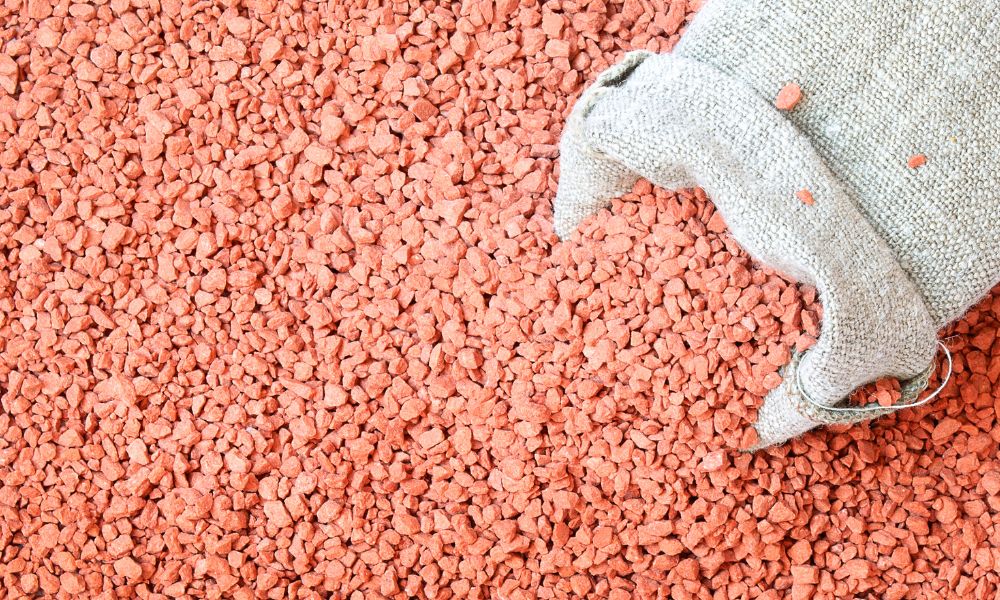 Potassium
Potassium
Complex fertilizer and mixed fertilizer
There are the following types on the market: Type 2 elements (NP, NK, PK), type 3 elements (NPK), type 4 elements (NPK-MG).
Inorganic fertilizer and micronutrients
- Median fertilizer: Normally, factories do not produce separate median fertilizers but combine with multi -quantities. There are several types of median fertilizers: sulfur, calcium fertilizer, magnesium fertilizer.
- Micronutrients: Including boromes, isomers, manganese fertilizer, molipden fertilizer, zinc fertilizer, iron fertilizer, cobalt fertilizer.
Fertilizer fertilizer
- Are nutritious compounds, which can be macro, medium or micronutrients, which are dissolved in water and sprayed on the tree for plants to absorb.
- Leaf fertilizers can be single fertilizers such as N, P, K, Cu, Zn, … However, most of the fertilizers through leaves are mixture of multi -trace and micronutrients in the form of water soluble in water.
Organic fertilizer
Organic fertilizer includes the following fertilizers: manure, waste, green fertilizer.
- Manure: is the fertilizer emitted by cattle such as pig feces, horse buffalo feces, chicken duck feces … The nutritional composition of manure includes multiple quantities and micronutrients with the content depending on the type, time and method of incubation.
- Waste fertilizer: Is organic fertilizer made from garbage, weeds, trunks of green leaves, water hyacinth, straw, solid waste in the city … composted with some yeast feces such as manure, water, phosphorus, lime … until the rotting.
- Blue feces: A type of organic fertilizer, using parts on the ground of the tree. Blue feces are often used fresh, not through the incubation process. Green manure is usually legumes or Laotian grass, wild kneeling.
In addition, Blog Kiến Thức Tổng Hợp Nông Nghệp will provide people with other types of organic fertilizers such as earthworms, cow feces, Japanese chicken manure, sugarcane humus, … people can use fertilizer for their plants.
Microbiological fertilizer
These are preparations that contain beneficial microorganisms such as bacteria, fungi, and musical bacteria. Microbiological fertilizers include the following types: nitrogen -fixed microorganisms, phosphorus dissolved microorganisms, microorganisms that stimulate plant growth.
Common question about fertilizer classification
The question that farmers are interested in quite a lot, so choose the right fertilizer for their plants, so in this article, Blog Kiến Thức Tổng Hợp Nông Nghệp will answer questions for people to classify fertilizers such as single mineral fertilizer? What kind of fertilizer use to fertilize?
 What is single mineral fertilizer? What kind of fertilizer use to fertilize? How long does it take for organic fertilizer?
What is single mineral fertilizer? What kind of fertilizer use to fertilize? How long does it take for organic fertilizer?
What is single mineral fertilizer?
The fertilizer in the composition contains only one effect of N or P2O5 effectively or effective K2O.
What kind of fertilizer use to fertilize?
- The type of fertilizer is usually applied by people to apply: nitrogen fertilizer, potassium fertilizer, mixed feces.
- Reason: Fertilizers such as protein, potassium, and mixed fertilizers are often used because the fertilizers contain high nutritional ratio and easily soluble.
How long does it take for organic fertilizer?
The question that many people care about is when applying organic fertilizer, how long can people harvest their plants. Therefore, Blog Kiến Thức Tổng Hợp Nông Nghệp will provide reference time for people as follows:
- Only organic fertilizer is thoroughly treated and applied before the minimum harvest is 2 weeks.
- For inorganic fertilizer, adequate dosage of nitrogen fertilizer according to the technical process for each vegetable.
- For nitrogen fertilizer, people should stop fertilizing before harvesting at least 10 days.
If the people apply the time above, the new vegetables will ensure that there is no surplus of nitrate in their plants.
So Blog Kiến Thức Tổng Hợp Nông Nghệp has sent the most detailed information about fertilizer classification and the role of fertilizer for plants. Hope to help people in the process of making fertilizer and tending their plants. For more details about fertilizer, please follow Blog Kiến Thức Tổng Hợp Nông Nghệp Blog Right!
See also:
Blog Kiến Thức Tổng Hợp Nông Nghệp – Dang Gia Trang Happiness is Reliable supplier of agricultural materials in the direction of organic and biological of 1500 agents and stores nationwide. Please contact the following information so that the Blog Kiến Thức Tổng Hợp Nông Nghệp team can quickly support:
– Website: https://sfarm.vn/
– Hotline: 0934 19 xxxx
– Zalo: CSKT Blog Kiến Thức Tổng Hợp Nông Nghệp – 0934 19 xxxx
Chuyên mục: Kiến thức làm vườn
Nguồn: lol.edu.vn

 0934.19.6789
0934.19.6789

